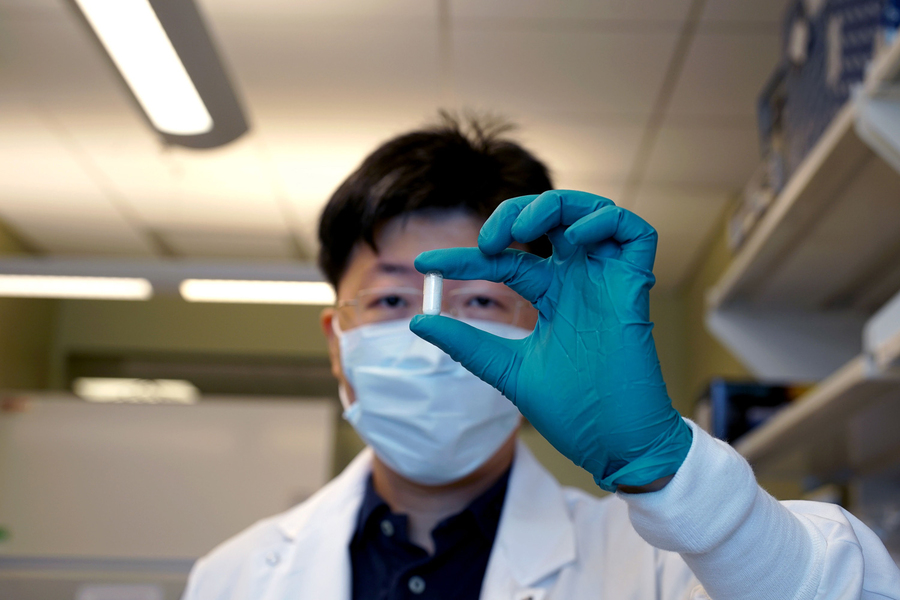Synthetic coating for the GI tract could deliver drugs or aid in digestion
31. 8. 2020 | MIT | www.mit.edu
By making use of enzymes found in the digestive tract, MIT engineers have devised a way to apply a temporary synthetic coating to the lining of the small intestine. This coating could be adapted to deliver drugs, aid in digestion, or prevent nutrients such as glucose from being absorbed.
In a study conducted in pigs, the researchers demonstrated that they could use this approach to simplify the delivery of medications that normally have to be taken multiple times per day. They also modified the coatings to deliver the enzyme lactase, which helps people digest the milk sugar lactose, and to block glucose absorption, which could offer a new strategy to treat diabetes or obesity.

The lining consists of a polymer made from dopamine molecules, which can be consumed as a liquid. Once the solution reaches the small intestine, the molecules are assembled into a polymer, in a reaction catalyzed by an enzyme found in the small intestine. In this study, the researchers showed that the coating lasts for about 24 hours, after which it is shed along with the cells that make up the intestinal lining, which is continually replaced.
Read more at MIT
Image Credit: MIT
-jk-




